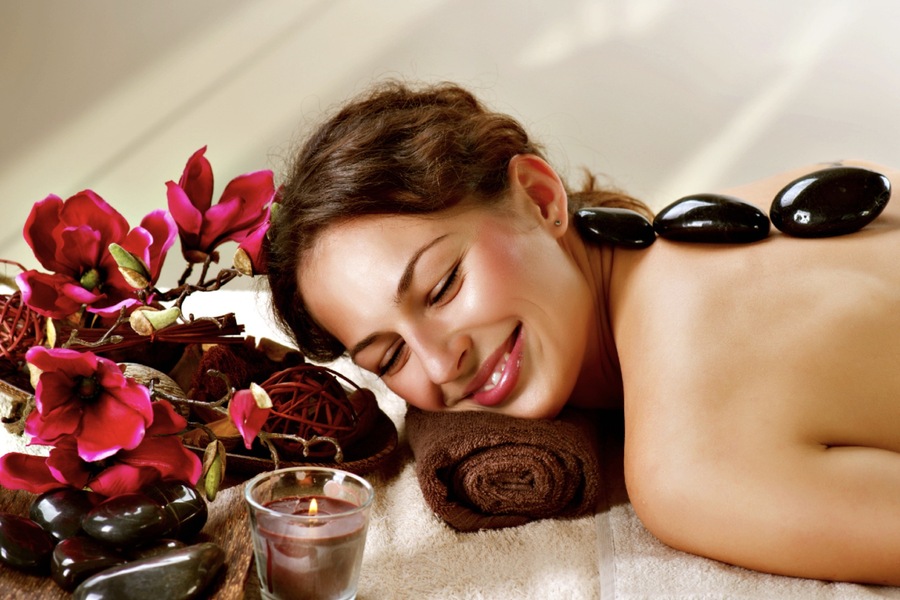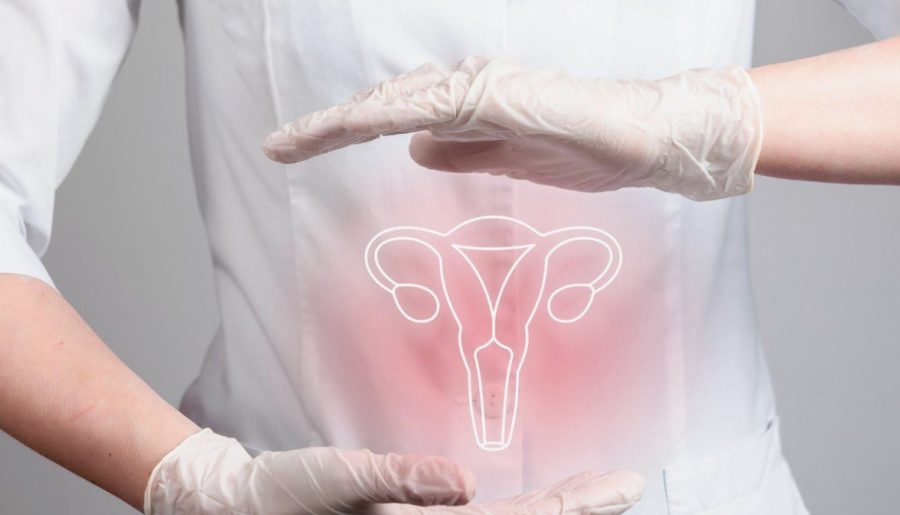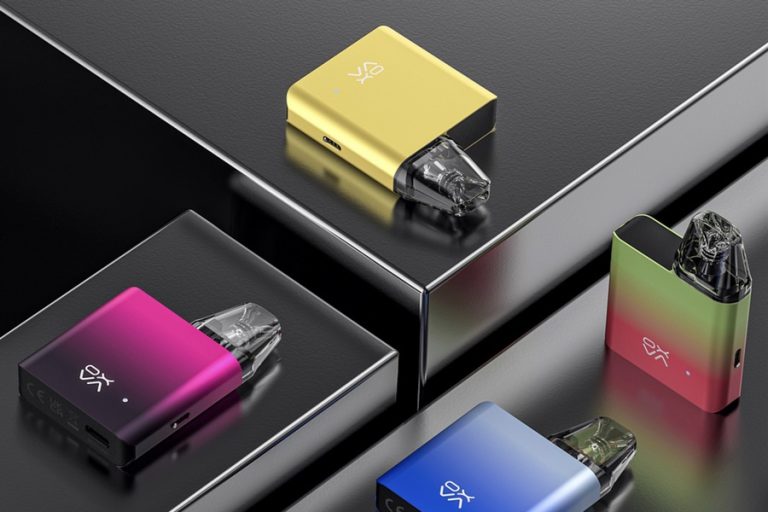Spas around the world, including EuroSpa, often integrate elements found in nature to create holistic, rejuvenating experiences for their clients. Among these natural tools, stones have long held a special place. Stones are often viewed as the embodiment of strength, confidence, and good health, and they play a central role in a therapeutic practice known as stone therapy, or hot stone massage. This unique form of massage harnesses the power of heated stones to bring profound relaxation, alleviate tension, and promote overall well-being.
What is Hot Stone Massage (Stone Therapy)?
Hot stone massage is a specialized technique where smooth, heated stones are placed on the body to help warm and relax muscles. The heat from the stones penetrates deep into muscle tissue, providing relief from stiffness, tension, and pain. Stones used in the treatment are typically heated to a temperature of 43°C to 54°C (110–130°F), which is comfortable yet effective for relaxation. While hot stones are the cornerstone of the practice, some therapists also use cold stones toward the end of the session to calm and soothe the skin, creating a balanced and refreshing experience.
The warmth from the stones not only eases tension but also facilitates the therapist’s ability to work on deeper layers of muscle. This allows for a more thorough and beneficial massage, especially for those who suffer from chronic muscle pain or stiffness.
The Ancient Roots of Stone Therapy
Though it may seem like a modern spa treatment, hot stone massage has deep historical roots. Ancient civilizations across the world recognized the therapeutic properties of heated stones, using them in various rituals and healing practices. These methods focused not only on physical healing but also on spiritual rejuvenation. Let’s explore the fascinating history of stone therapy:
– Native American and Hawaiian Healing Rituals: Native Americans and Hawaiians are believed to have used heated stones for physical and spiritual healing. They incorporated stones in sweat lodges and other rituals aimed at restoring balance and harmony within the body and soul. These traditions have influenced modern stone therapy, particularly in the use of volcanic stones, which are abundant in these regions.
– Ancient China: In China, the use of hot stones for healing can be traced back over 2,000 years. Chinese healers used heated stones to improve the function of internal organs, stimulate circulation, and enhance the body’s natural detoxification processes. Stone therapy was often integrated with other traditional Chinese medicine practices, such as acupuncture and herbal treatments.
– Modern Revival: The revival of stone therapy in the modern world is largely credited to massage therapist Mary Nelson, who developed LaStone Therapy in 1993. This technique combines both hot and cold stones in a strategic manner to promote relaxation, stimulate circulation, and reduce inflammation. LaStone Therapy has since evolved into a popular treatment offered at spas worldwide, emphasizing the holistic benefits of using both temperature extremes.
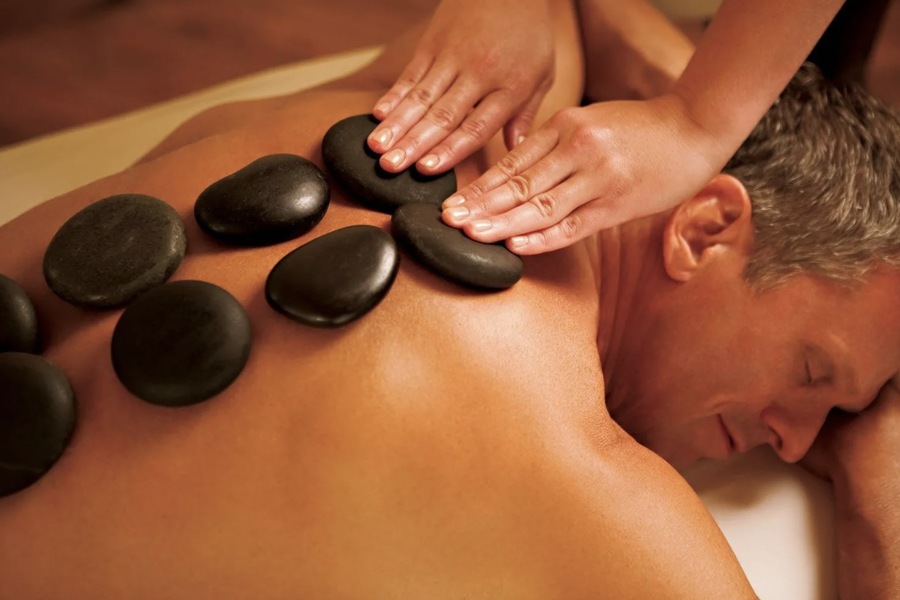
The Healing Stones Used in Stone Therapy
Not all stones are suitable for hot stone massage. The stones chosen for this therapy must have specific qualities that make them ideal for retaining and distributing heat. The most commonly used stones in stone therapy are volcanic basalt stones, which are known for their smooth texture, porous structure, and heat retention. These stones are naturally round and smooth, which makes them comfortable for both the client and the therapist.
Other stones that are sometimes used in stone therapy include:
– Jade: This beautiful green stone is not only valued for its aesthetic appeal but also for its excellent heat conduction properties. Jade has been used in many cultures for its health-promoting qualities and is believed to encourage balance and healing.
– River Pebbles and Sea Stones: These stones, often collected from rivers or the sea, are naturally smoothed by water currents over time. Their size and shape make them ideal for use in stone therapy, and they are often employed for their gentle energy.
– Crystals and Gemstones: Some massage therapists incorporate rock crystal, turquoise, lapis lazuli, aventurine, hematite, and even pearls into their stone therapy sessions. These stones are believed to have specific energy properties that can enhance the healing process and restore balance to the body’s energy fields.
The size of the stones is just as important as their material. Larger stones, with a diameter of around 10 cm, are typically placed on the back and larger muscle groups, while smaller stones (5–8 cm in diameter) are used on the legs, hands, and feet. Even tiny stones may be placed between the fingers or toes to stimulate pressure points.
The Technique Behind Hot Stone Massage
Hot stone massage is a multi-step process that involves both the application of heat and the use of traditional massage techniques. Here is a breakdown of the typical procedure:
- Aromatherapy and Relaxation: Before the stones are applied, the therapist may use aromatherapy oils, such as olive or sesame oil, to enhance the experience. These oils help to relax the body and prepare the skin for the massage.
- Placement of Heated Stones: The therapist begins by placing the heated stones on specific points of the body. These may include the back, legs, abdomen, or even the face, depending on the client’s needs. The stones remain in place for several minutes, allowing the heat to penetrate the muscles and tissues.
- Massage with Stones: Once the muscles have been warmed, the therapist may begin to use the stones to perform the massage. The smooth, heated stones are moved in long, sweeping strokes across the skin, applying pressure and relieving tension.
- Cold Stone Application (Optional): Some therapists may finish the treatment by applying cold stones to areas of the body that are inflamed or sensitive. This helps to calm the skin and promote better circulation, offering a refreshing contrast to the heat.
Benefits of Hot Stone Massage (Stone Therapy)
Hot stone massage is widely regarded as one of the most effective forms of therapy for both physical and emotional well-being. The benefits of this treatment are extensive, and they address a wide range of health concerns. Here are some of the key advantages:
- Enhanced Circulation: The heat from the stones helps to dilate blood vessels, promoting improved circulation. This increase in blood flow delivers more oxygen and nutrients to the muscles, speeding up recovery from injury and reducing fatigue.
- Muscle Pain Relief: The warmth of the stones allows the therapist to reach deeper muscle layers without causing discomfort. Hot stone massage is particularly effective for people with chronic pain conditions, such as arthritis, fibromyalgia, and sciatica, as it helps to relax tight muscles and reduce inflammation.
- Stress Reduction: The gentle heat and soothing massage techniques used in stone therapy trigger the release of endorphins—your body’s natural “feel-good” hormones. This promotes relaxation and reduces stress, anxiety, and tension.
- Improved Sleep Quality: Many people struggle with insomnia due to stress, anxiety, or muscle discomfort. Hot stone massage promotes better sleep by helping the body to relax, alleviating the physical and emotional causes of poor sleep.
- Detoxification: The increased circulation and lymphatic drainage stimulated by the massage help to remove toxins from the body. This detoxification process improves overall health, boosts the immune system, and helps the body to function more efficiently.
- Skin Rejuvenation: In addition to relieving muscle tension, hot stone massage can also enhance the appearance and texture of the skin. The heat increases blood flow to the skin’s surface, promoting cellular renewal and improving skin tone and elasticity.
- Emotional Balance: For those who believe in the energy of stones, the use of different types of stones in massage therapy is said to harmonize the body’s energy fields. This balance contributes to emotional well-being and promotes a sense of inner peace.
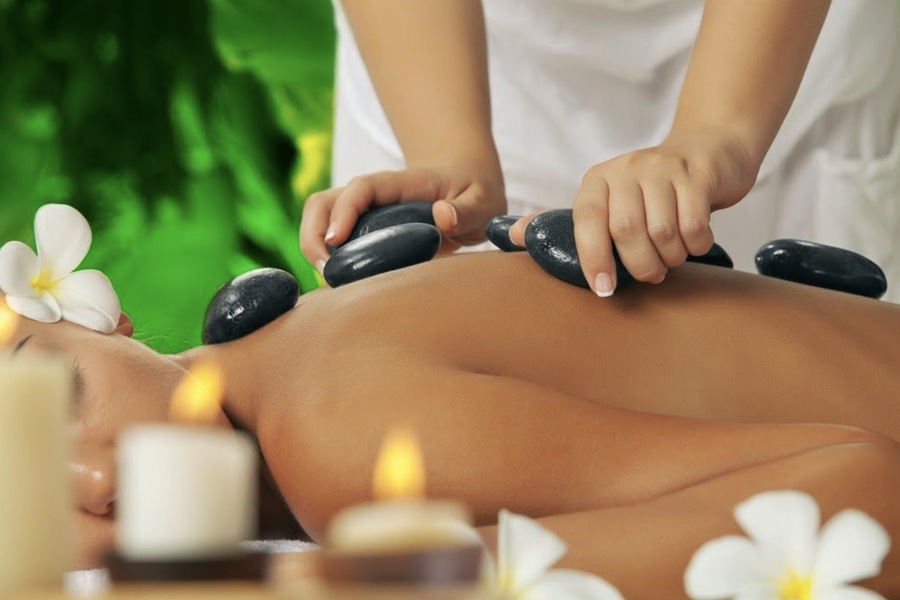
Choosing a Professional Spa for Stone Therapy
To experience the full benefits of hot stone massage, it is important to choose a professional spa with skilled therapists. In Dubai, EuroSpa in Barsha Heights is renowned for offering high-quality massage and spa treatments, including stone therapy. At EuroSpa, every detail is carefully considered, from the selection of stones to the oils used, ensuring that clients receive a truly relaxing and therapeutic experience.
The cost of a hot stone massage at EuroSpa is AED 570 per session, a worthwhile investment for the profound physical and emotional benefits that stone therapy provides. With experienced therapists who understand the intricacies of stone massage, clients can expect a treatment that is both soothing and healing.
Conclusion: The Power of Nature in Healing
Hot stone massage is much more than a luxurious spa treatment—it is a practice that has been used for centuries to heal both the body and the mind. Whether you seek relief from chronic pain, wish to reduce stress, or simply want to enjoy a deeply relaxing experience, stone therapy offers a natural and effective solution. The combination of ancient wisdom and modern techniques has made hot stone massage a staple in wellness centers around the world. From the physical benefits of muscle relaxation and pain relief to the emotional balance and stress reduction, hot stone massage is a holistic therapy that caters to the well-being of the entire person.

Skier, traveler, music blogger, hand letterer and HTML & CSS lover. Performing at the sweet spot between art and purpose to craft delightful brand experiences. German award-winning designer raised in Austria & currently living in New York City.
